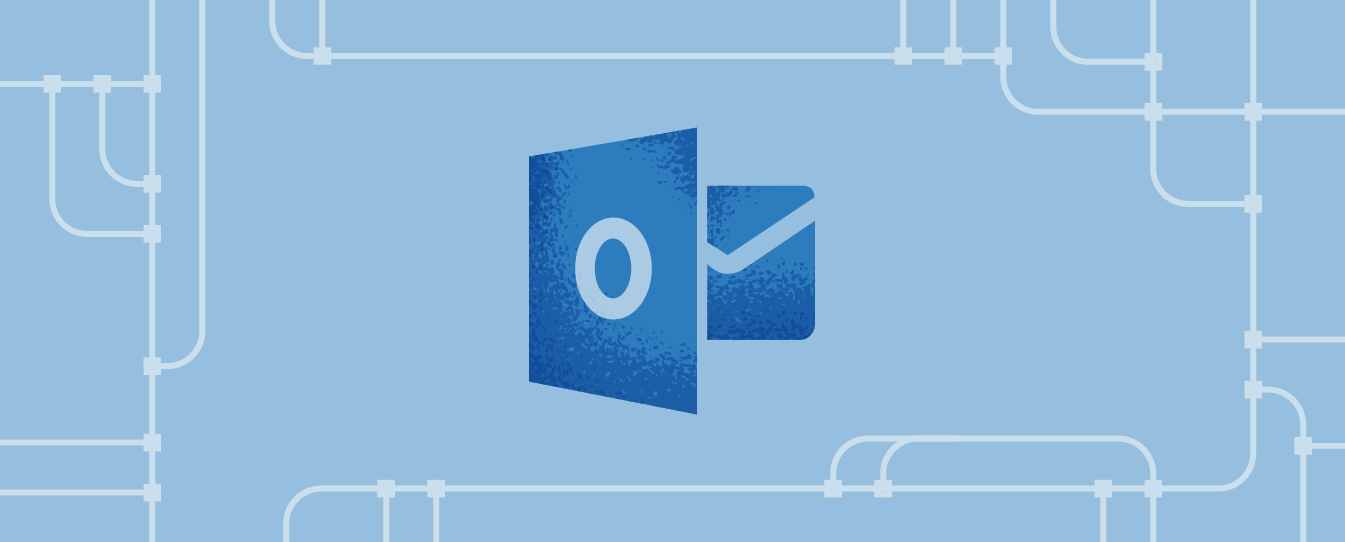
The user does not require any special software.
#DECRYPT OUTLOOK EMAIL 2017 .EXE#
exe file which when run, will prompt the recipient for the password. This method allows you to create a self-decrypting. This method has proven very reliable in delivering the encrypted packetl. ml256 file to open your message MessageLock Decryptor will then prompt for the password. After installing the Decryptor, the user simply clicks on the. This method requires that the recipient download MessageLock Decryptor to open the.

#DECRYPT OUTLOOK EMAIL 2017 ZIP#
Using zip encryption works very well most of the time, but occassionally a firewall may block an encrypted zip file. The recipient may already have a zip tool, but if not, it is free to download. This method requires that the user have a zip utility (such as or Winzip) to decrypt the MessageLock file and access the contents. Premium Lockbin members can also receive email messages and files directly to Microsoft Outlook. This option uses a FIPS-140 verified cryptolibrary for HIPAA compliance. is a free service that will host your email and file attachments until the recipient can retrieve them.

When sending email to someone who does not have MessageLock, you can select among four methods to deliver your message securely: MessageLock will automatically decrypt inbound packets, and display the email as a regular message in your Outlook inbox. MessageLock is virtually seamless when both sender and receiver have it installed. To use MessageLock, open a new email message in Microsoft Outlook, and click the "Encrypt Email" button in the Outlook email toolbar. MessageLock is an add-in for Microsoft Outlook that allows the sender to protect email messages using strong AES-256 bit encryption (exceeds HIPAA's minimum strength requirements). Email Encryption/Decryption and Zip Compression in a easy to use utility


 0 kommentar(er)
0 kommentar(er)
